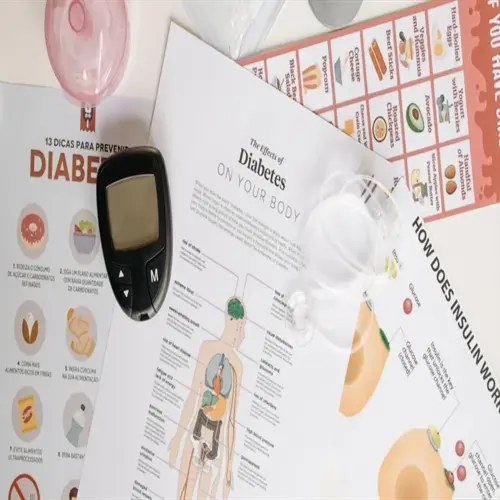Are home BIA scales reliable for tracking progress?

Written by
Robert Kelly
Reviewed by
Prof. Benjamin Murphy, Ph.D.Home BIA scales provide convenient tracking but require strict protocols for accurate results. These devices calculate body composition by sending small, harmless electrical currents through the body. The ±5% margin of error suggests that these devices are most useful for tracking trends when used under the same strict conditions, rather than for absolute medical quality.
Consistent Testing Protocol
- Morning testing: After fasting 3-4 hours
- Pre-bladder emptying: Standardizes water weight
- Barefoot placement: Identical foot position each time
- Same surface: Hard floor not carpet
Limitations to Recognize
- Hydration sensitivity: Water changes skew results
- Pacemaker incompatibility: Electrical interference risk
- Extremity focus: Less accurate for torso measurements
- Error stacking: Small daily inaccuracies compound
Hydration is crucial for BIA reliability. Water is a conductor of electrical current, so being dehydrated may cause the fat percentage to be 3-8% greater than the true value. When hydration is high, it masks muscular atrophy. I advise my clients to be tested only in the morning, after having consumed the same volume of water the previous evening, to obtain comparable readings.
Tracking trends needs systematic consistency. Measure on the same day, every week, at the same time, and in similar clothing, track averages over 3 months instead of daily fluctuations. If the scale indicates a greater than 5% decrease in muscle or an increase in fat, verify the results with a DEXA scan performed by an expert before making drastic adjustments.
In these groups, special caution is advised. Athletes with high muscle density do not provide the most accurate values. The elderly, particularly those with fluid retention, should undergo clinical confirmation for precise results. Pregnant women should never submit to BIA, as the distribution of bodily moisture changes rapidly with pregnancy.
Incorporate BIA and manual measurements to gain a more comprehensive understanding of your body composition. Take your monthly waist measurement, progress photos, and track strength on major lifts. These can help you interpret the scale readings correctly when they seem inconsistent with your progress and appearance.
Read the full article: Understanding Body Composition Analysis: A Full Guide

